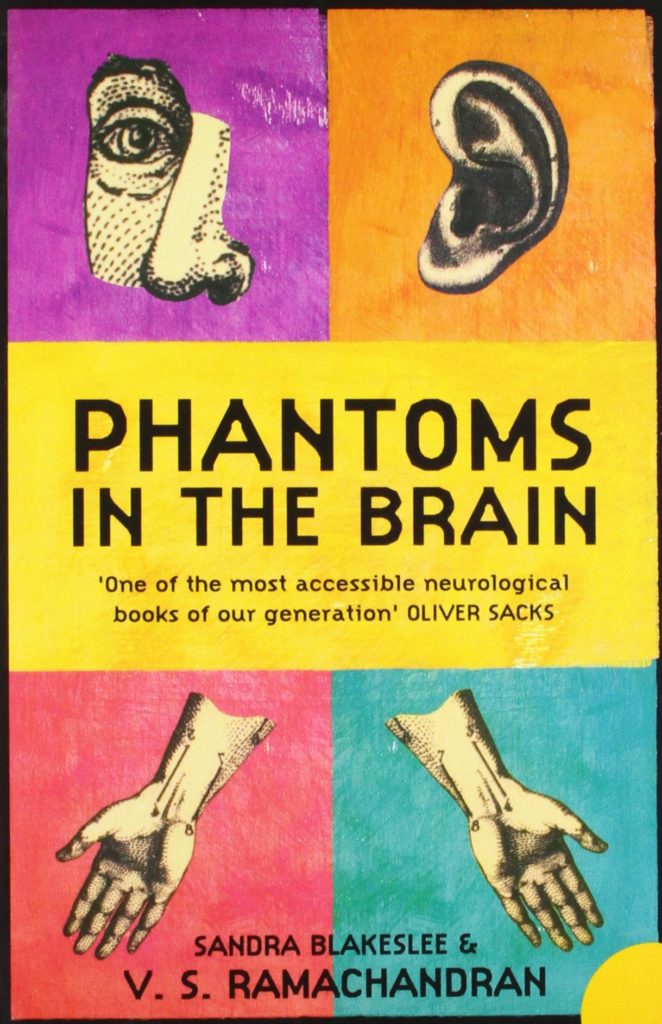“If one cannot enjoy reading a book over and over again, there is no use in reading it at all.”
~ Oscar Wilde

Image Source: https://www.amazon.in/Phantoms-Brain-Human-Nature-Architecture/dp/0007253893
There are woefully few books in the world that evoke this emotion in their readers. Perpetually on the lookout for a book that fits this bill, I came across this book a couple of years back when I received it as a birthday gift from a dear friend and senior. Since then, this book has accompanied me on numerous flights and train journeys, as I read and re-read it every time with newfound awe. The book has been written by V.S. Ramachandran and Sandra Blakeslee.
Dr Ramachandran (hereby referred to as Dr R), an eminent neuroscientist and a pioneer in the field of Behavioural Neurology, leads the readers through a journey into the human mind by asking questions that no one dares to answer. Why do Phantom limbs exist? Does religion stem from trouble in our brain circuitry? Could we laugh to our deaths? Are we even alive right now?
A new genre of books called Popular/Pop Science has cropped up in recent years. True to its name, the genre promises to make science reach the masses. Dr Ramachandran’s book fits right in with similar books from authors like Oliver Sacks (who has befittingly written the foreword of this book) and Bill Bryson. But unlike ‘The Man Who Mistook His Wife for A Hat’, R’s book delves a bit deeper into the human psyche and takes a closer look at our neurological circuitry. The questions raised and sometimes answered by Dr R himself, leave you with a mildly unsettled feeling as you ponder on these questions later on.
A fan of Sherlock Holmes, Dr R uses a Doyle-esque approach in the book, trying to answer one question throughout- Is it really a Psychiatric problem or a Neurologic one? Men who feel pain in their phantom limbs, women born without arms feel their phantom limbs swing in sync with their legs while walking, a man who thinks his parents have been replaced by impostors, a man who thinks he’s actually dead –most doctors would think of a patient like the ones above to be as mad as a hatter (or a patient of mercury poisoning for that matter), but according to Dr R, they are perfectly sane individuals who suffer from how evolution mapped out our brains.
While taking the readers through fascinating real-life cases, the book also asks a bigger question – If humans can actually imagine something as complex as pregnancy and create a phantom of it, then can we also wire our brains to cure and modify diseases? Can a man suffering from cancer rewire his body to get rid of these aberrant cells?
Published before the dawn of the new millennium, ‘Phantoms in the Brain’ still holds relevance with today’s readers and even the scientific community. The author takes a couple of chapters to explain the ins and outs of the human brain, much to the chagrin of readers from Medical and associated backgrounds. But at the same time, there’s no harm in brushing up our basics and revisiting Penfield’s homunculus now and again.
All things considered, Phantoms in the Brain is a worthy read for anyone even remotely interested in the human brain and behavioural psychology. A bit slow and painfully explanatory at certain points, the book still manages to capture the attention of the average reader.
This book is available both in Paperback and Kindle versions.









